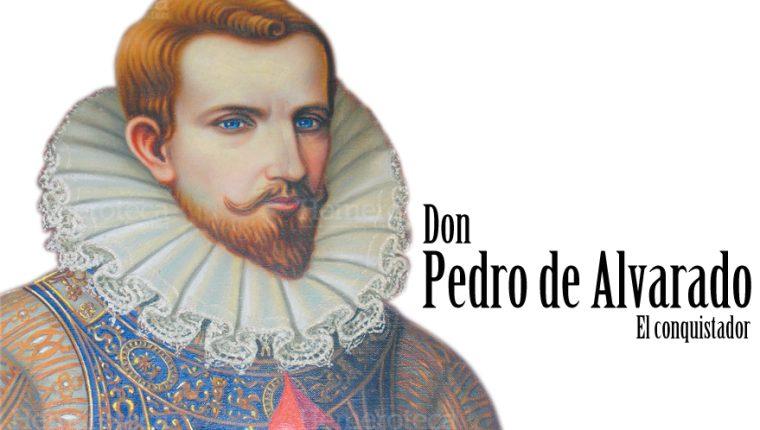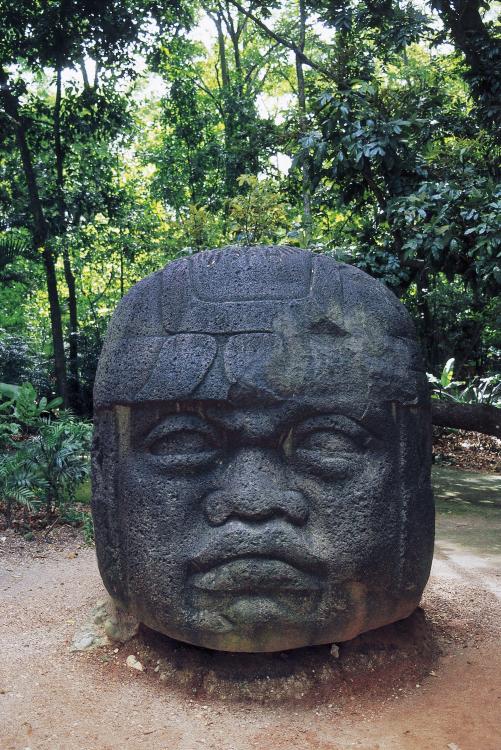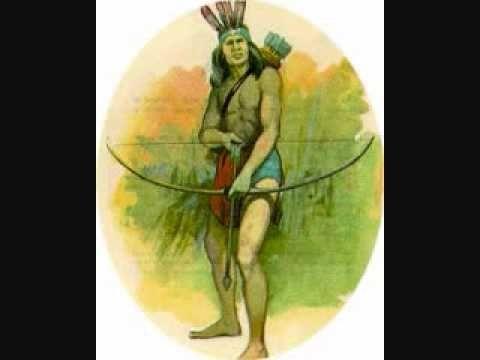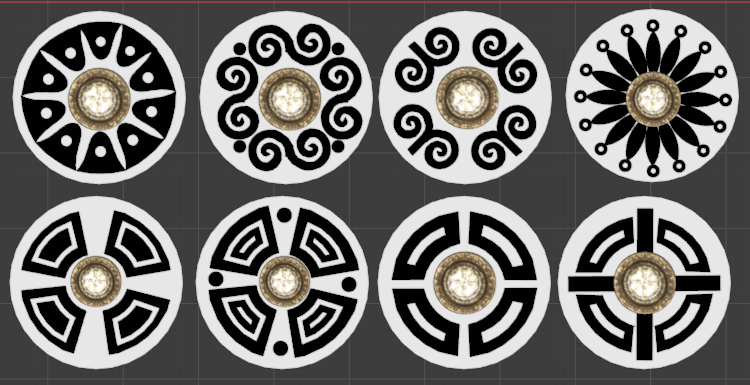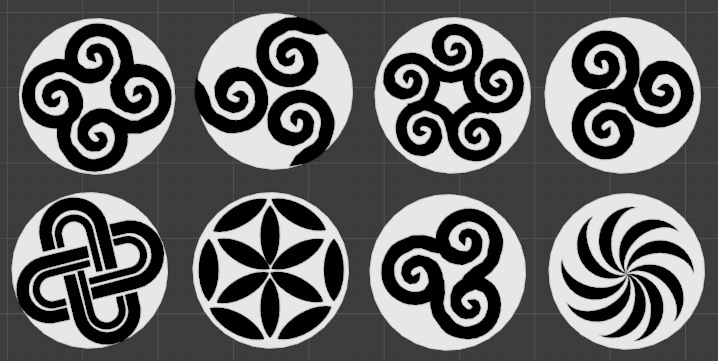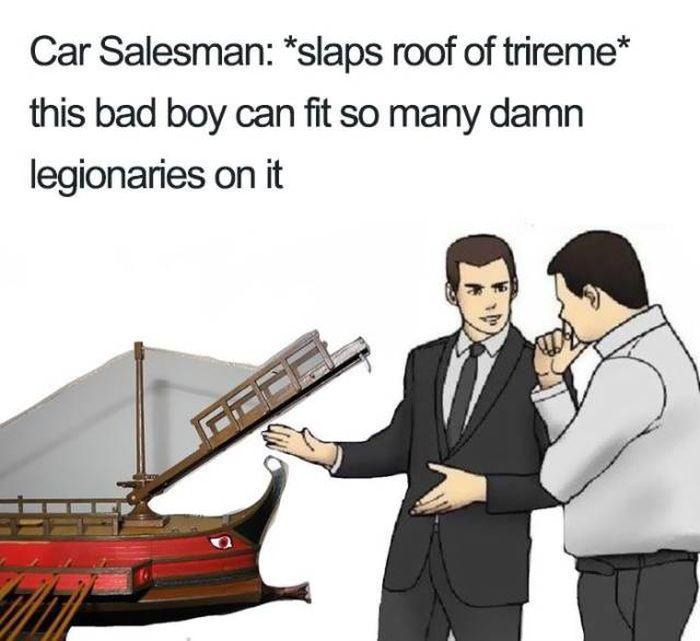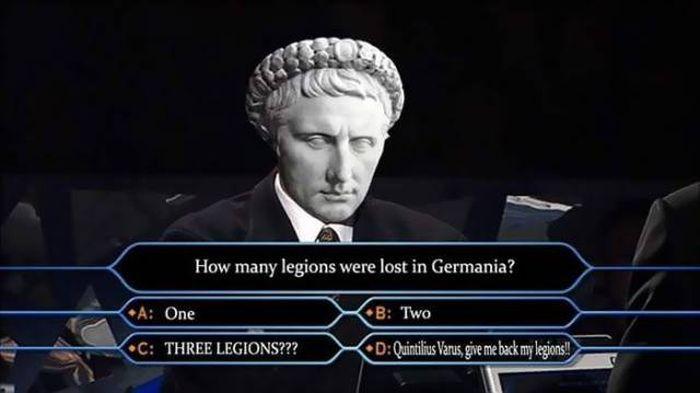-
Posts
25.684 -
Joined
-
Days Won
300
Everything posted by Lion.Kanzen
-
Asian biomes must be included.
-
https://wildfiregames.com/forum/forum/384-scenario-designmap-making/ there is even a mod with all the maps.
-
.thumb.png.ce58cea22940c255f5b0a735d5abee36.png)
Organizing the Gameplay Discussion forum
Lion.Kanzen replied to wackyserious's topic in Gameplay Discussion
At this point it is necessary. -
I'm thinking some units could be trained in the barracks. If we implement archery range for all factions.
-
.thumb.png.ce58cea22940c255f5b0a735d5abee36.png)
Proposal, Mayan City States [preclassic and classic]
Lion.Kanzen replied to Lion.Kanzen's topic in Rise of the East
-
.thumb.png.ce58cea22940c255f5b0a735d5abee36.png)
Proposal, Mayan City States [preclassic and classic]
Lion.Kanzen replied to Lion.Kanzen's topic in Rise of the East
-
Náhuatl and Mayas voices with tone
-
-
Some history... There are things that they don't teach you in school. There are details of several cultures from the south of the Mayan world.
-
Those areas where the Lenca currently live are cold. 8° Celsius. I find it hard to believe they weren't covered in winter.
-
Cultures. The Olmec civilization is what is known as an archaeological culture. This means there is a collection of artifacts thought by archaeologists to represent a particular society. What is known about archaeological cultures is based on artifacts, rather than texts. In the case of the Olmec, archaeologists think artifacts found primarily on the northern half of the Isthmus of Tehuantepec in Mesoamerica from 1200–500 B.C. timeframe represent the Olmec society. The name Olmec was actually invented by scholars. Derived from the Nahuatl (Aztec) word “Olmecatl”, which means “inhabitant of the rubber country”, Olmec is a reference to the rubber production in the area where many of the artifacts have been found. There are several Olmec sites thought to be important centers of activity, of which San Lorenzo and La Venta are the most significant. San Lorenzo, about 56 kilometers (35 miles) south of the Gulf of Mexico in the modern Mexican state of Veracruz, was at its height around 1150 to 900 A.D. La Venta, east of San Lorenzo and closer to the Gulf Coast (15 kilometers/9 miles) in the modern Mexican state of Tabasco, reached its height in about 900–500 A.D. Research at these and other sites has led to the following insights. The Olmec diet initially included foods from fishing and hunting. Maize and other crops were a later addition to their foodstuffs. The Olmec created massive monuments, including colossal stone heads, thrones, stela (upright slabs), and statues. They may have been the originators of the Mesoamerican ball game, a ceremonial team sport played throughout the region for centuries. They also built earthen mounds and pyramids, and ceramics of several types that became common throughout a broad region influenced by the Olmec civilization. Lenca. The origin of the Lenca people remains unknown to anthropologists. At present, there are two theories that attract the most consensus on the subject, although neither has been scientifically proven. The first indicates that the Lencas descend from Mayan groups that did not leave the area after losing their territorial dominions. The second hypothesis, based on more recent research, affirms that the origin of this people is found in Olmec groups that emigrated from central Mexico and that created the Proto-Lenca culture. Among the indications that support this last hypothesis is the antiquity of the Los Naranjos and Yarumela settlements.
-
.thumb.png.ce58cea22940c255f5b0a735d5abee36.png)
[Task] [Art Management] Gathering all symbology in vectorial art
Lion.Kanzen replied to Lion.Kanzen's topic in Official tasks
-
I was there. I remember that. that's what I told Duiloga. The decision it would remain in the hands of lopess. @Lopess
-
.thumb.png.ce58cea22940c255f5b0a735d5abee36.png)
Commit Feldmap to A26
Lion.Kanzen replied to Yekaterina's topic in Game Development & Technical Discussion
@Silier -
the CC has an upgrade that allows it to change its size.
-
I was talking to some new modders. (illustrative purposes) Duiloga show me some new textures for Native Americans women. Not all. Some showed nude upper torso.( Breasts). I told him that the best thing was to cover them, because those all family friendly stuff. Never in the mods have we dealt with that. [Except the one you see that I wanted to make a mod with controversial topics]. Thoughts friends. @Stan` @wowgetoffyourcellphone
-
.thumb.png.ce58cea22940c255f5b0a735d5abee36.png)
RTS Tournaments, your website to play 0 A.D. Competitions!
Lion.Kanzen replied to Stockfish's topic in General Discussion
-
.thumb.png.ce58cea22940c255f5b0a735d5abee36.png)
Teotihuacan Empire [Classic] design concept.
Lion.Kanzen replied to Lion.Kanzen's topic in Rise of the East
Based on ceramic styles found in the ruins, the team estimates that construction at the site commenced at least 100 years before 378, a pivotal date in Maya history. According to Maya inscriptions, Teotihuacan’s king sent a general known as Born of Fire to topple Tikal’s king, Jaguar Paw, and installed his young son as its new ruler. Born of Fire arrived at Tikal on January 16, 378, the same day that Jaguar Paw “entered the water”—a Mayan metaphor for death. After the takeover, Tikal flourished for several centuries, conquering and pacifying nearby city-states and spreading its culture and influence throughout the lowlands. Tikal’s hegemony during this period is well-documented, but what remains unknown is why, after decades of friendly coexistence, Teotihuacan turned against its former ally. https://www.nationalgeographic.co.uk/history-and-civilisation/2021/04/archaeologists-discover-mysterious-monument-hidden-in-plain-sight -
.thumb.png.ce58cea22940c255f5b0a735d5abee36.png)
Teotihuacan Empire [Classic] design concept.
Lion.Kanzen replied to Lion.Kanzen's topic in Rise of the East
The city of Teotihuacan was one of the most important religious centers of Mesoamerica. Its skyline was dominated by two enormous pyramids that the Aztecs called the "Pyramid of the Sun" and the "Pyramid of the Moon", both joined by a wide avenue. It was a planned city with more than two thousand structures. While farmers lived mainly in wooden houses, other inhabitants lived in stone houses decorated with paintings and murals and, in some cases, with drainage systems. The city of Teotihuacan became the epicenter of culture and commerce in ancient Mesoamerica, surpassing ancient Rome in size. In the Late Formative period, a series of urban centers emerged in central Mexico. The most prominent of these appears to have been Cuicuilco, on the southern shore of Lake Texcoco. Scholars have speculated that the eruption of the Xitle volcano may have triggered a mass migration into the Teotihuacán valley. These settlers would have founded and accelerated the growth of Teotihuacan. Other scholars have presented the Totonaca people as the true founders of Teotihuacan, and the debate continues to this day. There is evidence that at least some of the people who lived in the city of Teotihuacan were from areas of Teotihuacan influence (Mixtec, Zapotec, Maya, among other peoples). The ethnic origin of the inhabitants of Teotihuacan is also a subject of debate and they may have belonged to the Nahuatl, Otomi, Totonaca or other ethnic groups. It has often been suggested that Teotihuacan was actually a multi-ethnic state. Teotihuacan society was organized in a hierarchical manner. At the social summit was the governor with his relatives "the nobles"; then there were the administrative and religious officials who supported the government (these characters were also of noble origin). These higher social strata were in charge of the administration of the cities and the maintenance of social control. The majority of the Teotihuacan population was made up of farmers, and to a lesser extent of artisans and merchants. The government was centralized where the priestly and warrior nobility occupied the highest positions in the autonomous kingdom (cacicazgo) of Teotihuacan. GATHERING, HUNTING AND HUNTING: They also gathered plants such as juniper berries, rushes, purslane, nopales and some herbs. The proportion of these wild plants in the Teotihuacan diet is not certain. To supplement their diet, the Teotihuacanos hunted animals such as white-tailed deer, rabbits and waterfowl. They domesticated turkeys and dogs, but it is not known if they bred them for food, although it is more likely. The Aztecs, however, did consume dog meat, which was considered a delicacy, and it is thought possible that this was also a characteristic of the inhabitants of the city of Teotihuacan. ECONOMIC RESOURCES: Teotihuacan had an economic importance, particularly, for the existence of large mineral deposits of obsidian (The largest obsidian deposit in Mesoamerica was located near the city of Teotihuacan). Obsidian was mainly used in the manufacture of tools. The Teotihuacans pushed the exploitation of obsidian to neighboring communities. They also found in their territory the essential clay (basalt, adobe and tuff) for their ceramics and constructions. They also exploited minerals such as tin from the mines in the current Mexican state of Queretaro. INTERNATIONAL TRADE: Trade in large territories especially would have played an important role in the economy of the Teotihuacan culture. Teotihuacan commodities were exchanged in trade, they obtained cotton, cocoa, hematite, jade, turquoise, cinnabar as well as ceramics from other regions, Teotihuacan exports were pottery, as well as obsidian tools. Trade has resulted in a great cultural influence that evidences that the Teotihuacanos were involved in trade relations as far away as the Mayan lowlands, Guatemalan highlands, northern Mexico and the Gulf of Mexico coast. HUMAN SACRIFICES: The Teotihuacan people practiced human and animal sacrifices, according to archaeological findings in the pyramids of Teotihuacan. Recent studies believe that the Teotihuacan people offered human sacrifices as part of a commemoration when the administrative buildings (pyramids) were expanded. The victims were probably prisoners of war who were brought to the Teotihuacan cities for ritual sacrifice to ensure the prosperity of the city. In the human sacrifices the victims were decapitated, their hearts were removed, they could also be killed by blows to the head or they could be buried alive. SACRIFICE OF ANIMALS: Animals that were considered sacred for representing mystical and military powers were also sacrificed in various ways. The sacred animals of the Teotihuacanos were mainly: the puma, wolf, eagle, hawk, owl, snakes, among other animals. The city of Teotihuacan was built around 300 AD, and is characterized by the enormous size of its monuments, carefully arranged on geometric and symbolic principles. Most of its monumental structures are the Temple of Quetzalcoatl, the Pyramid of the Sun (the third largest pyramid in the world) and the Pyramid of the Moon. Teotihuacan culture and architecture was influenced by the Olmec culture, which is considered the "mother civilization" of Mesoamerica. The earliest Teotihuacan buildings are dated to 200 BC, and the largest pyramid, the Pyramid of the Sun, was completed in 100 AD. We also know that the Teotihuacan people were very religious because of the number of religious artifacts and buildings in the city. Surprisingly, Teotihuacan contains more temples than any pre-Hispanic Mesoamerican society. There are two main pyramids, the Pyramid of the Sun and the Pyramid of the Moon, dedicated to religious worship. Also, the Temple of Quetzalcoatl with magnificent feathered serpent heads on the walls (paredes, simply building walls). -
.thumb.png.ce58cea22940c255f5b0a735d5abee36.png)
Teotihuacan Empire [Classic] design concept.
Lion.Kanzen replied to Lion.Kanzen's topic in Rise of the East
The style is almost Aztec. Many square things. The hardest part will be the textures. -
@Duileoga Aquí puedes postear nuevas cosas.



